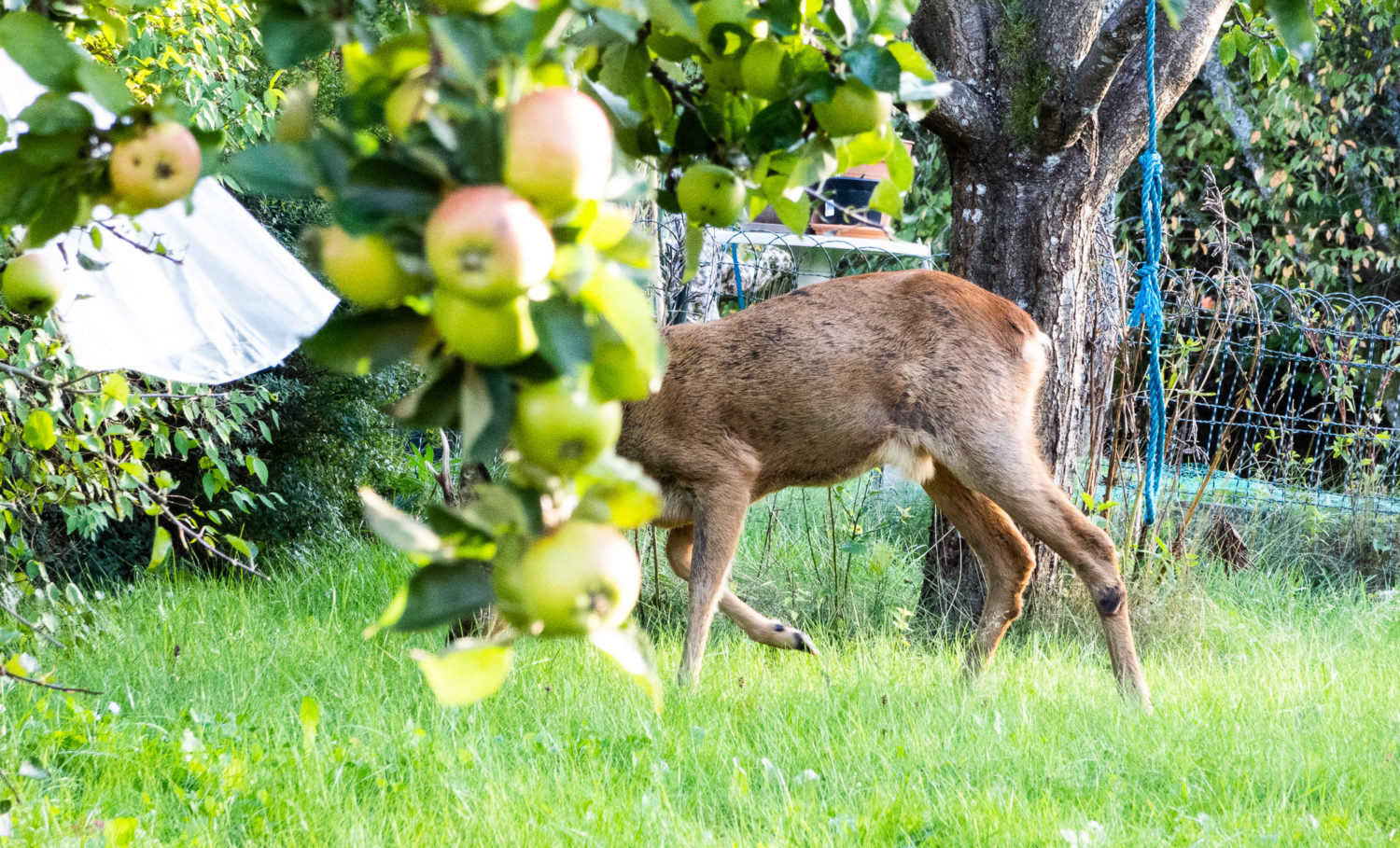
I’m working on publishing two issues of a photo magazine this year. Not sure if “artist book” or “fanzine” is the better term, so let’s just stick with “zine” for now. For starters, I’m just using my own images, and it’s straight up photography – I’ve amassed enough pics that I ought to be able to put together at least a few interesting issues.
Part of the drive here is the distrubution model. I’ll keep the production costs down as much as possible and will at least initially print it using newsprint paper, which will allow me to be more frivolous with the copies since I don’t have to keep track of costs as much.
I had a dinner for a few friends who are in the art book scene a couple of months ago, and the recurring theme was the difficulty of finding a new audience. So an idea I have it to try to create an audience from scratch. I’ll do a limited run of each issue (let’s say 100 copies) and they’ll be numbered and signed like any work of graphic art, but I’ll post them to random and semi-random recipients, encouraging them to send some money if they’d like to receive the next issue. If they don’t send anything, no foul – I’m sending the mag unsolicited after all – but if they do choose to send money I’ll have at least a subscriber for one issue.
I’ve set up an instagram @monocultured (which to my amazement wasn’t taken yet) and as one does these days I’ll post the progress there. Let’s see how it fares if I don’t market it at all.
It’s odd going through the tens of thousands of images that I’ve accumulated to try to suss out something meaningful. It pretty much amounts to a completely new work – what I thought when I took the picture, what I’ve used the image for previously, none of that matters. It’s now a selection I’m doing in 2019 and trying to coax some meaning from.

I’m going to work on this using diptychs for now – pairing images up and play on their interaction. An analogy close at hand is that of binaural audio, where the resulting sound is created in the mind of the listener, rather than the creator. When you leave two images next to each other they relate to each other, and understanding them isn’t predicated on you knowing their origin, but rather on your interpretation of how they reflect each other. Perhaps a better analogy would be the Kuleshov effect – but the interaction of images in those examples still hinge on interpreting the scene as a whole, not as two seperate, equal, images.
One practical problem I had when starting out selecting images was that I had no easy way to quickly match up different images and make a selection of good combinations. Lightroom, Bridge, all DAM:s and specialized apps I tried fell short. I posted this on ask.metafilter.com and user tomp from London threw together an app which did exactly what I wanted! It’s still rough, but it’s unmeasurably better than any other solution I’ve tried, so if you’re in the same predicament I’d recommend you to try it out.